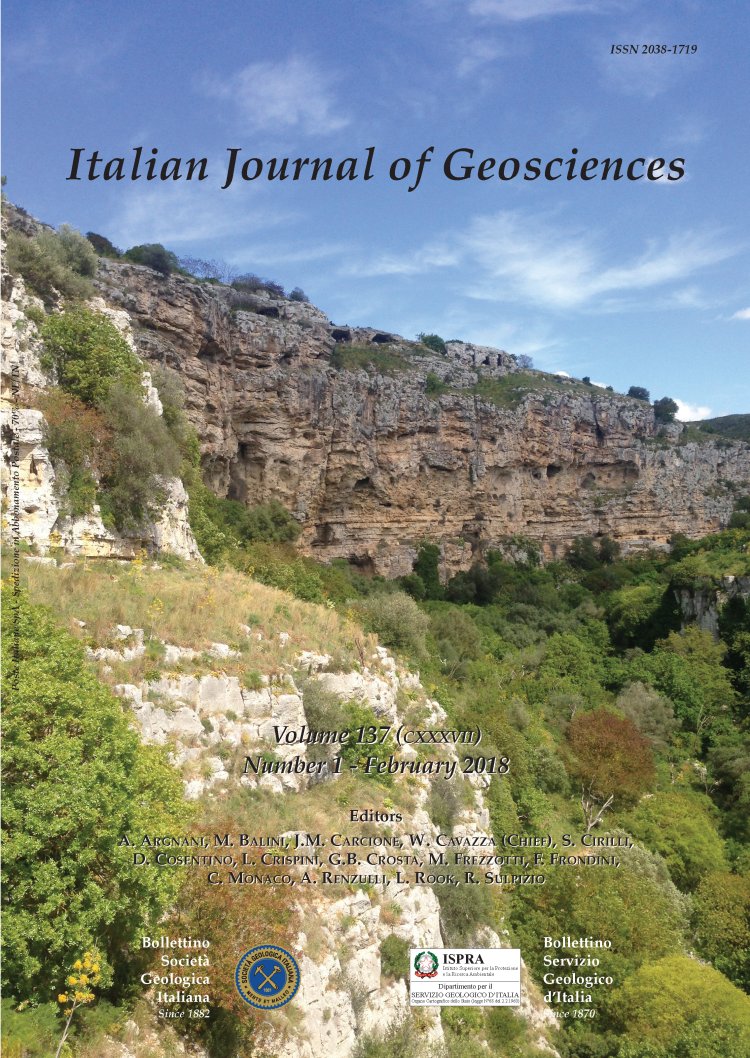
Palaeoecology before ecology: the rise of actualism, palaeoenvironment studies and palaeoclimatology in the Italian panorama between the fourteenth and eighteenth centuries
Marco Romano (*)(**)
(*) Museum für Naturkunde, Leibniz-Institut für Evolutions- und Biodiversitätsforschung, Invalidenstrasse 43, Berlin, Germany (**) Dipartimento di Scienze della Terra, "Sapienza" Università di Roma, P.le A. Moro 5, 00185 Rome, Italy. Corresponding author e-mail: marco.romano@mfn-berlin.de
DOI: https://doi.org/10.3301/IJG.2017.14
Volume: 137 (2018) f.1
Pages: 16-30
Abstract
The systematic use of fossil and sedimentological characters in palaeoenvironmental, palaeoecological and palaeoclimatic reconstructions is a fairly recent breakthrough of Earth Sciences. Traditionally, the works by James Hutton and Charles Lyell are viewed as true milestones of geology and the first coherent reasoning in the palaeoecologic context, as a necessary result of the new 'doctrine' of actualism. However, the foundation for actualistic reasoning, and their genuine use to interpret the fossil deposits, are clearly found in the writings of Italian naturalists more than four centuries before the publication of The Principles. In this paper, the first seeds of actualistic and palaeoecological reasoning, detectable in the Italian panorama between the thirteenth and early nineteenth century, are discussed. As early as the thirteenth century, authors like Ristoro d'Arezzo used sedimentary processes currently observed to interpret the fossil deposits. Naturalists as Marsili and Donati emphasized the close correspondence between the current seabed, abundance and distribution of species, and the conditions observed in the fossil deposits. Targioni Tozzetti surprises correctly interpreting the remains of large vertebrates in Italy as belonging to animals endemic of the Peninsula, using this evidence to infer a warmer climate in the past and surprising readers of the day with the modernity of his ideas. These great naturalists not only imagined a completely different flora based on the fossil record, but attributed the warmer climate of the past to changes in the sea level, thus providing arguments used by Lyell some eighty years later to explain climate change over geological time.
Keywords
Get Full Text